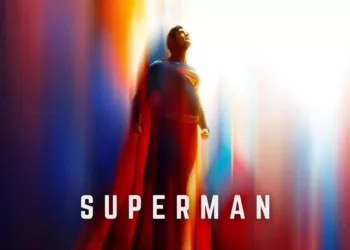After nine years on air, Hulu’s The Handmaid’s Tale bowed out on 27 May when the tenth and final episode of season six appeared on the platform, prompting immediate reflection from star-director Elisabeth Moss and creator Bruce Miller on June Osborne’s last stand and the franchise’s future. Both stressed that the finale is a stopping point rather than an endpoint, as a series based on Margaret Atwood’s The Testaments is already in development and expected to pick up the story 15 years later.
Moss, who helmed the closing hour, called the coda “television gold,” praising its circular design that returns June to the Waterford home in a teal dress while she repeats her opening-episode monologue.
She argued that the image captures the drama’s core argument about resistance and survival. Speaking at PaleyFest LA, she added that unresolved plot threads were intentional, leaving narrative space for the forthcoming spinoff.
Miller echoed that view, describing the final chapter as “contemplative, almost meditative” and resisting the bombast often attached to prestige-series finales. He confirmed the surprise return of Alexis Bledel’s Emily and noted that his own focus now shifts to guiding The Testaments while co-showrunners Eric Tuchman and Yahlin Chang take the reins of any future Gilead stories.
The cast sees new directions emerging from that ending: Ann Dowd said Aunt Lydia’s breakdown beside Janine signals an overdue reckoning that the sequel will explore. The final run of ten episodes also wove in contemporary flourishes, including Taylor Swift’s “Look What You Made Me Do” in episode nine, underscoring the show’s dialogue with pop culture.
The last season nearly stalled when the 2023 writers’ and actors’ strikes delayed production until September 2024, pushing principal photography into early February this year. Those setbacks scarcely dented the series’ profile: The Handmaid’s Tale signs off with 15 Emmy wins from 76 nominations, a cultural legacy solidified and a roadmap for The Testaments already underway.
















































